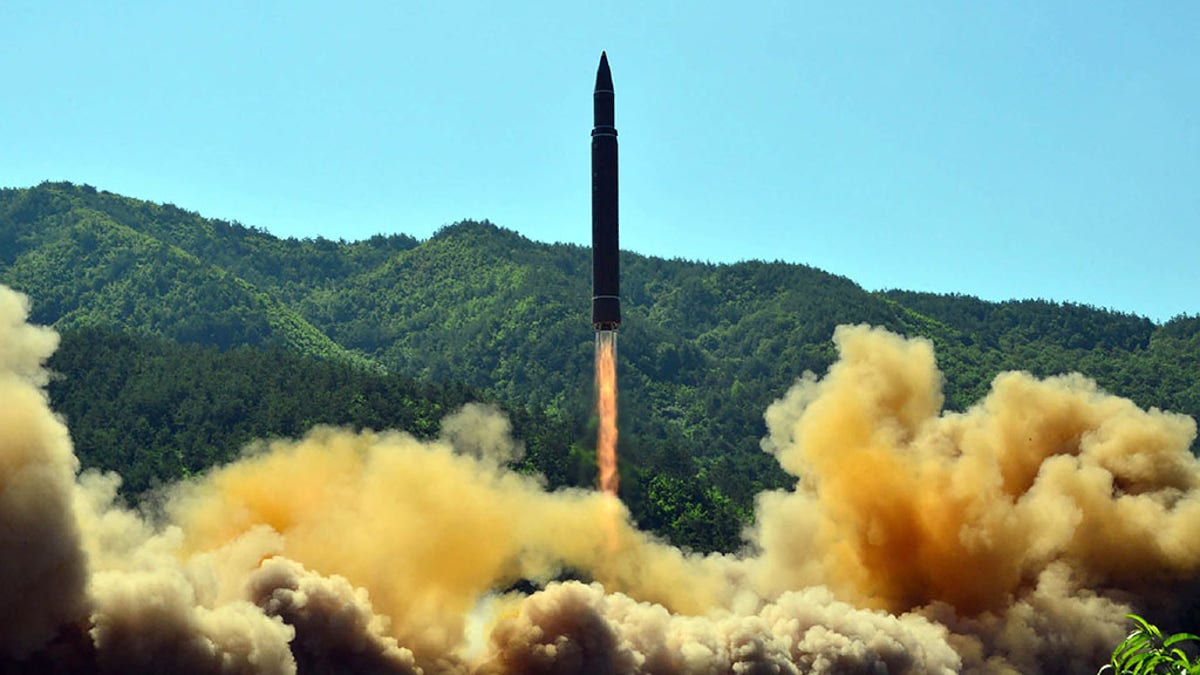North Korea threatens to launch military action against South Korea
Actions would abandon 2018 peace deal; Fox News senior strategic analyst Gen. Jack Keane weighs in.
China and North Korea are ramping up their nuclear weapon arsenals while other world superpowers like the U.S. and Russia are drawing them down, a report says.
Estimates released by the Stockholm International Peace Research Institute on Monday indicate that, as of the start of this year, China had 30 more warheads compared to January 2019, while North Korea added up to 20. They now have 320 and 30 to 40 warheads, respectively.
“China is in the middle of a significant modernization of its nuclear arsenal. It is developing a so-called nuclear triad for the first time, made up of new land- and sea-based missiles and nuclear-capable aircraft,” the think tank said, adding that “North Korea continues to prioritize its military nuclear program as a central element of its national security strategy.”
CHINESE MILITARY OFFICER ARRESTED WHILE ALLEGEDLY TRYING TO STEAL US MEDICAL RESEARCH

This picture taken on July 4, 2017 and released by North Korea's official Korean Central News Agency shows the successful test-fire of the intercontinental ballistic missile Hwasong-14 at an undisclosed location. (STR/AFP via Getty Images) (Getty Images)
Meanwhile, the U.S. drew down its massive arsenal from 6,185 warheads to 5,800, while Russia reduced theirs from 6,500 to 6,375, according to the institute.
The report says that, overall, the worldwide stockpile of nuclear weapons dropped by an estimated 465 warheads over the last year, to 13,400.
“The decrease in the overall number of nuclear weapons in the world in 2019 was largely due to the dismantlement of retired nuclear weapons by Russia and the USA — which together still possess over 90 percent of global nuclear weapons,” it said.
CLICK HERE TO GET THE FOX NEWS APP
It noted, however, that both countries have “extensive and expensive programs underway to replace and modernize their nuclear warheads, missile and aircraft delivery systems, and nuclear weapon production facilities.”
“Both countries have also given new or expanded roles to nuclear weapons in their military plans and doctrines, which marks a significant reversal of the post-Cold war trend towards the gradual marginalization of nuclear weapons,” it added.

